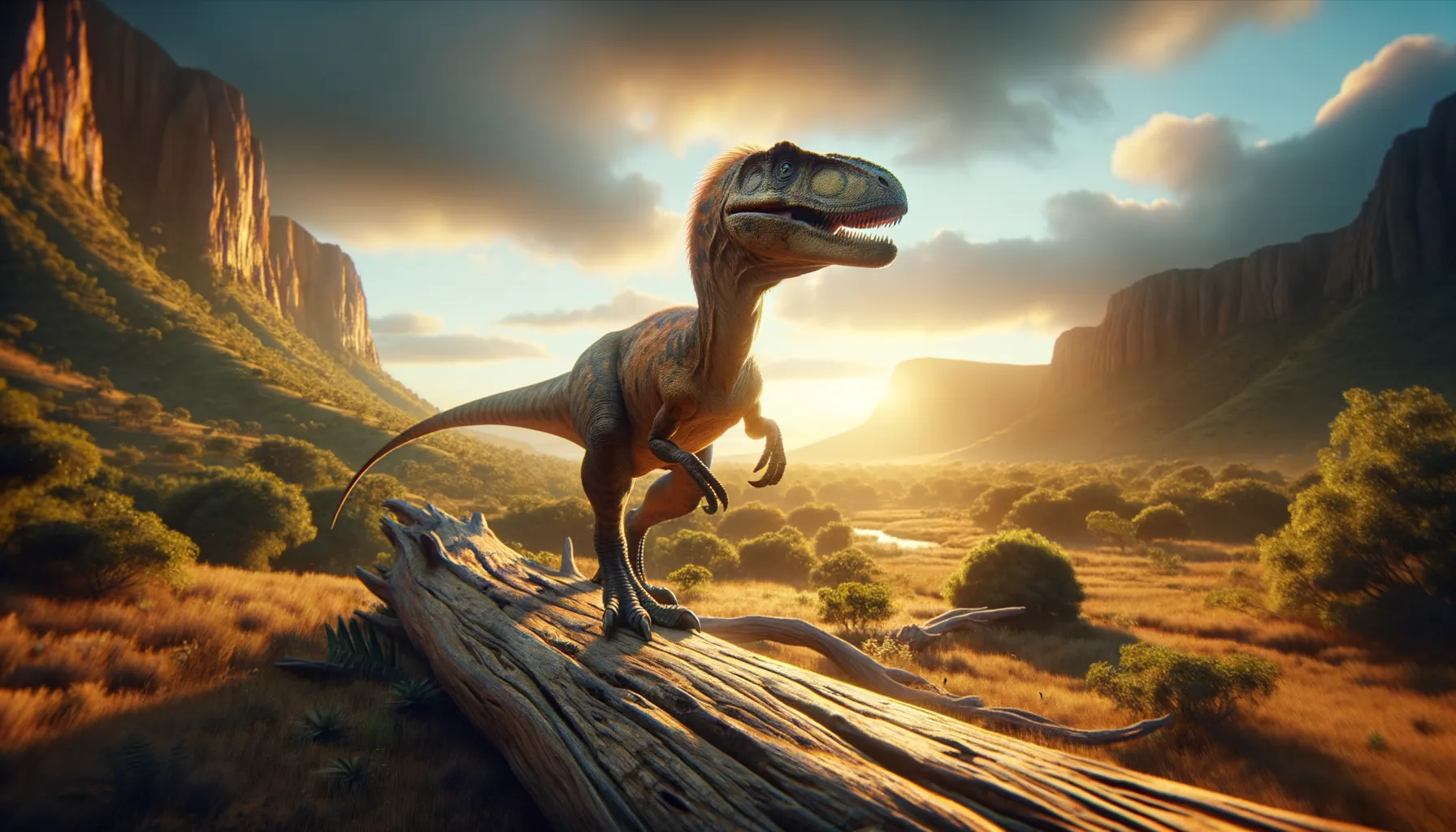
Buitreraptor
Swift hunter of the ancient Cretaceous plains.
Period
Cretaceous
Length
Roughly 1.5 meters long.
Height
About 0.9 meters tall.
Weight
Approximately 6-10 kilograms.
Buitreraptor was a small, agile dinosaur that roamed the landscapes of what is now South America during the Cretaceous period. Known for its lightweight frame and bird-like features, it was a nimble predator capable of quick movements. Its discovery added important insights into the diversity of predatory dinosaurs in the southern hemisphere, highlighting a more interconnected prehistoric world than previously thought.
Diet
Buitreraptor primarily fed on small animals, including mammals and reptiles. Its slender build and sharp teeth suggest it may have also consumed insects and other invertebrates.
Hunting
With its agile nature, Buitreraptor likely used ambush tactics to surprise its prey. Its keen senses and dexterity would have been advantageous for snatching up quick-moving creatures.
Environmental challenges
Buitreraptor faced challenges such as fluctuating climates and competition for food sources. Predation by larger carnivores would have been a significant risk. Changing vegetation and landscapes also influenced its survival and adaptability.
Speed
Buitreraptor was likely agile and quick.
Lifespan
Estimated to be around 10 to 20 years.
First discovery
Discovered in 2005 in Argentina's Río Negro Province.
Fun Facts
- Buitreraptor was a small, nimble dinosaur that lived during the Late Cretaceous period in what is now Argentina.
- Despite its size, Buitreraptor is related to the famous Velociraptor, but it was likely much more bird-like.
- It had long, slender legs and arms, which suggests it was an agile predator, possibly hunting small animals or insects.
- Buitreraptor's teeth were narrow and pointed, indicating it probably ate small prey or scavenged for food.
- This dinosaur's fossils were discovered in a region known as the Candeleros Formation, which has been a rich source of dinosaur fossils.
- Buitreraptor's name means "thief of the 'Buitrera'", referring to the location where its fossils were first found.
- Despite having a formidable family tree, Buitreraptor was relatively small, roughly the size of a large chicken.
Growth and Development
Buitreraptor would have grown quickly to fend off potential predators. Its development likely involved a vigorous pursuit of food to maintain its high metabolism. Over time, juveniles would learn and refine their hunting skills.
Habitat
Buitreraptor lived in an environment that was a mix of forests and plains. The region had a warm climate with seasonal variations, providing diverse ecological niches. Water sources were crucial to its habitat, influencing both hunting patterns and availability of prey.
Interaction with other species
Buitreraptor interacted with a variety of species, including larger predators, which posed threats. It likely formed social groups for hunting and protection. Interactions would have included competition with other small predators.
Natural lifespan
Its natural lifespan was around 10 to 15 years.
Reproduction
Buitreraptor reproduced by laying eggs, similar to modern birds. Nesting and parental care would have been crucial for the survival of the offspring. It is possible that they nested in colonies to enhance protection from predators.
Social behaviour
Buitreraptor may have exhibited social behaviors, such as group hunting or communal nesting. Its social interactions could include vocalizations or visual displays to communicate with peers. Cooperation in hunting would increase success in capturing elusive prey.
Fossil locations
Buitreraptor fossils are primarily found in South America's Neuquén Basin, Argentina. These discoveries are crucial for understanding the distribution of raptors across Gondwana. The fossils contribute significantly to the narrative of global dinosaur evolution during the Cretaceous.
